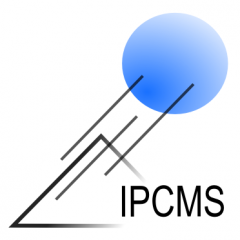Abstract : Materials exhibiting luminescence stimuli-responsive properties, present potential application as detection systems. Among these materials, copper (I) iodide molecular clusters coordinated by phosphine ligands, exhibit thermochromic and mechanochromic luminescence properties. These compounds are characterized by a change of their emission wavelength in response to temperature or mechanical stress. The establishment of structure- properties relationships permit to study the mechanisms responsible for their properties. The main characterization techniques used are solid-state NMR, X-ray diffraction, Infrared and Raman spectroscopies. In addition to the thermo and mechanochromic properties, these compounds have the particularity of exhibiting aggregation-induced emission (AIE) properties. The understanding of properties is crucial for applications. Therefore, DFT (Density Functional Theory) calculations are also carried out to rationalize the different results and in particular the optical properties. In the last years, copper has been proposed as a substituent in lead perovskite-based devices due to its non-toxic nature. We are currently investigating the use of copper perovskites for solar cells.
25 Octobre 2024
Séminaire DCMI – Axes 3 et 5 présenté par: Raquel UTRARA MELERO
Titre : Copper compounds for luminescence and optoelectronic applications
